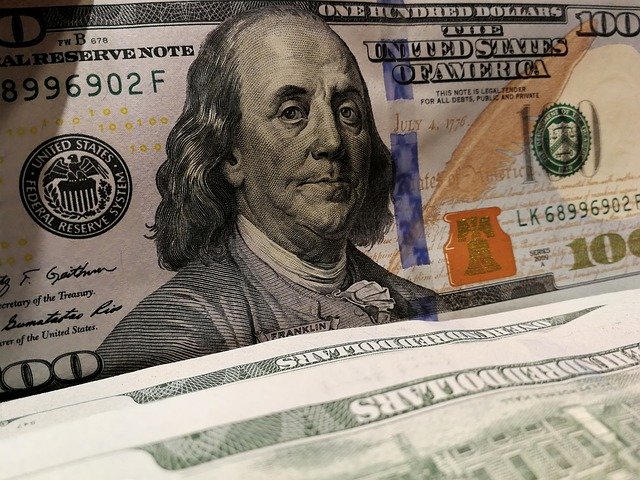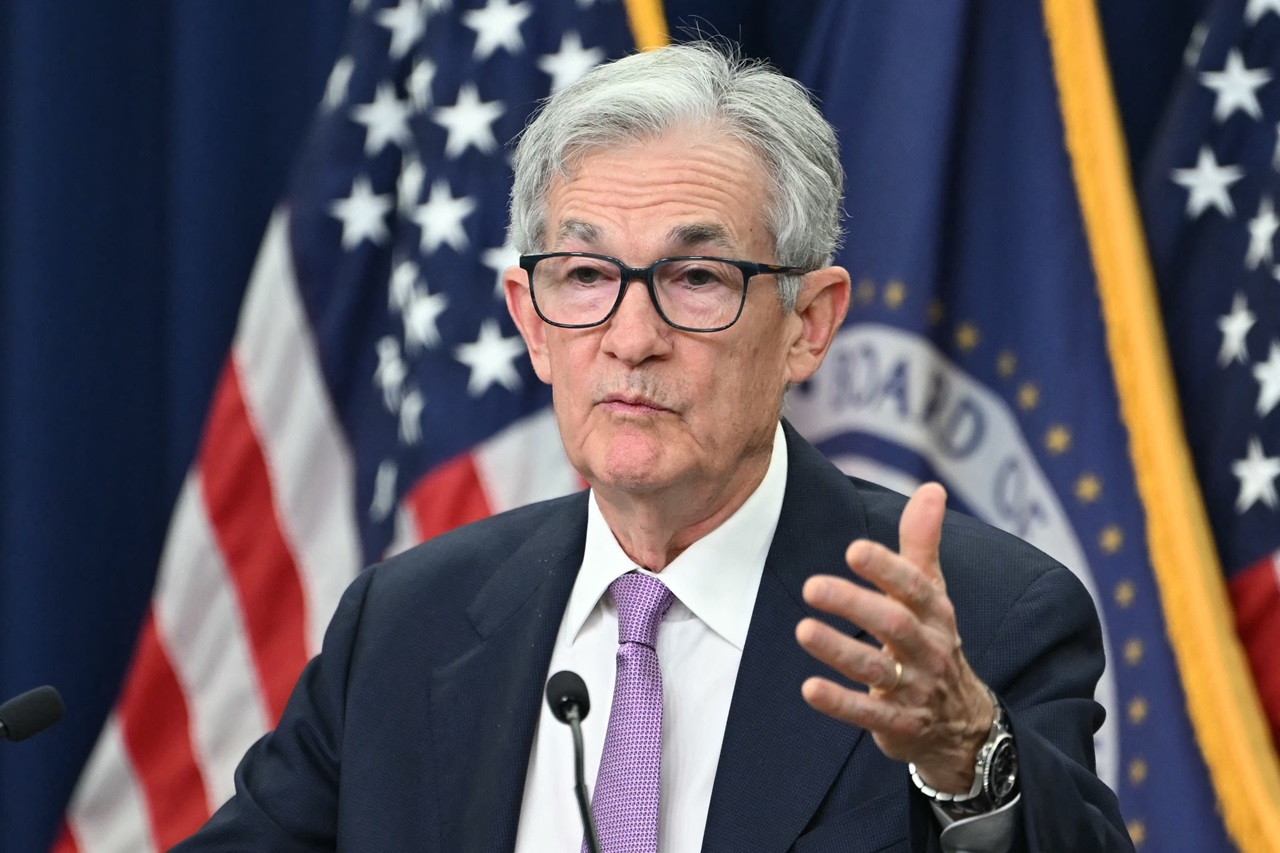
Big Mac Index: How did Latin American countries fare?
The index created by The Economist compares the devaluation of a currencies compared to the dollar and the price of the renowned hamburger.
In The Economist's Big Mac index for 2021, only the Norwegian krone and the Swiss franc were above the value of the U.S. dollar, with percentages of 10% and 20.2% respectively. This comparative analysis, which uses the value of the iconic hamburger from McDonald's to measure the devaluation of different world currencies based on the purchasing power of each country, it has also become a gauge of recovery from the pandemic and other factors such as inflation and corruption.
Our index has become a global standard, included in several economic textbooks and the subject of dozens of academic studies. Here is the latest update to our currency comparison tool https://t.co/jMmyCuhsCi
— The Economist (@TheEconomist) February 7, 2022
At a global level, the fall of the Russian currency, the ruble, was surprising, as it was the most depreciated in the world at -70%. The Turkish lira, with a devaluation of -67.9%, the Indonesian rupiah, -59.3%, the Malaysian ringgit, -58.9%, and the Romanian leu, -58.6%, were the five most devalued against the dollar.
Click here to see more countries
The hardest hit countries in LATAM
In Latin America, the Colombian peso, -43.5%, immediately followed by the Mexican peso, -42 5%, were the economies whose currencies decreased the most against the dollar. The bad news also did not stop there for Colombia, as it went from third to first place among the most devalued currencies in Latin America. Compared to last year's report, the devaluation of the Colombian peso has increased more than three points.
The index explains that while a Big Mac costs $12,950 in Colombia, it is worth $5.81 in the US. What that means is that “the implicit exchange rate is $2,228.92. The difference between this and the real exchange rate, $3,941.99, suggests that the Colombian peso is devalued by 43.5%,” explains the publication.
RELATED CONTENT

More depreciation in LATAM
Beyond Colombia and Mexico, the following countries also posted depreciations in of currency across the region: Peru, 42.1%; Guatemala, 41.8%; Honduras, 37.8%; Nicaragua, 34.9%; Chile, 33.2%; Costa Rica, 29%; Argentina, 26.2%; Brazil, 25.8%; Venezuela, 12.9%; Uruguay, 6.6%.
What is the Big Mac Index?
When The Economist introduced its Big Mac index in 1986, McDonald's famous hamburger cost just $1.60 in the United States. Now it costs $5.65, according to data from the economic publication in four large cities. The increase is vastly higher than inflation during the same period.
The index, which is used as a guide to whether currencies are at their indicated level, is based on the Purchasing Power Parity (PPP) theory, which holds that in the long run, exchange rates should move towards the type that would equalize the prices of an identical basket of goods and services (in this case, a hamburger) in two different countries.











LEAVE A COMMENT:
Join the discussion! Leave a comment.